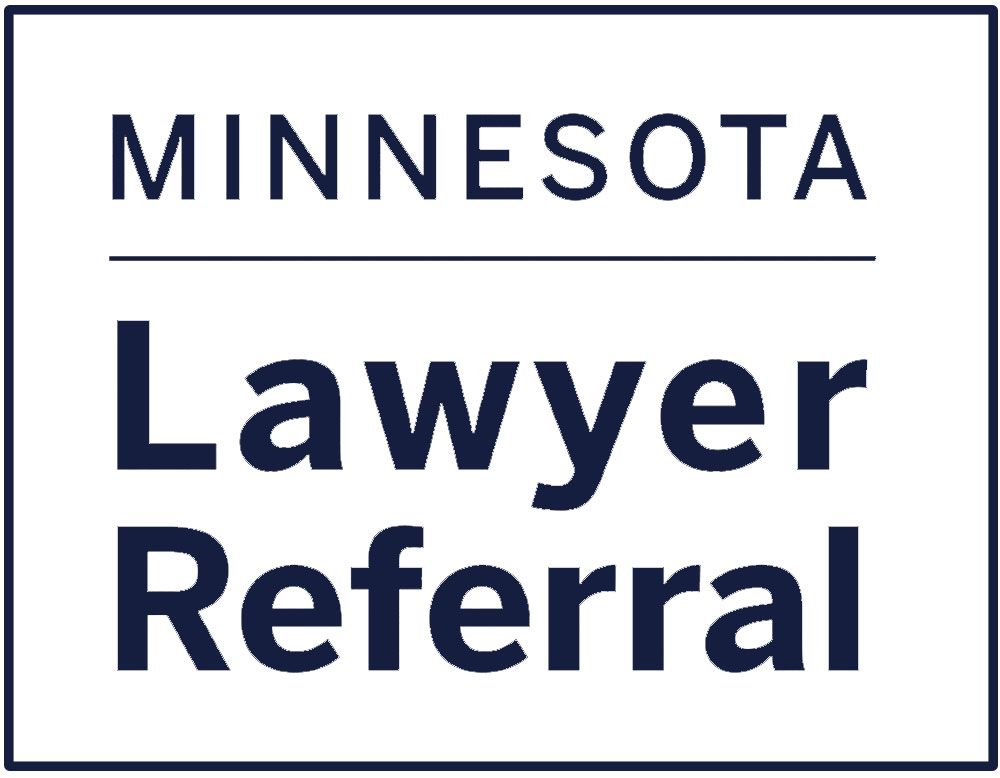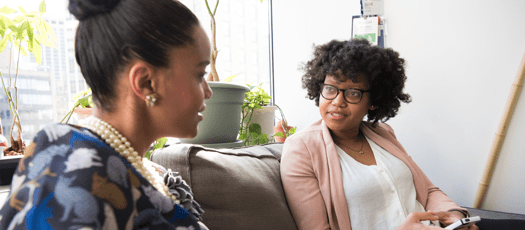Intellectual Property Laws
Legal Information
Common Questions About Intellectual Property
Intellectual property is a cornerstone of innovation and creativity, playing a crucial role in protecting inventions, brands, and creative works. Whether you're a startup, an established business, or an individual creator, understanding the nuances of IP law is essential for safeguarding your ideas and assets.
What is a copyright?
Copyright law has been around for a long time; it grants legal ownership of a creative work. Its purpose is to encourage creativity by giving authors or creators certain exclusive, time-limited rights. It has its basis in our Constitution, which gives Congress the power “to promote the ‘Progress of Science and useful Arts,’ by securing for limited Times to Authors and Inventors the exclusive Right to their respective Writings and Discoveries . . . .” (Article 1, Section 8, Clause 8).
Copyright law protects an original work of authorship fixed in a tangible medium of expression. What that means is that the work needs to demonstrate some minimum spark of creativity (a pretty easy hurdle to overcome), and needs to be heard or seen either directly or with the aid of a machine, like a computer. It follows, then, that copyright law will not protect works that are not original or that are not fixed in some fashion. But it also does not provide protection for the following: mere ideas, pure data, titles, names, slogans, or certain government works. And copyright protection ends (although the length of time it lasts varies a lot), so some older works have no copyright anymore. Works that have no exclusive owners are referred to as being in the “public domain.”
How do I get a copyright?
The moment you click the shutter and capture a photograph within the fixed medium of your digital camera, you are the proud owner of a copyright. That act gives you exclusive rights. Now you’re able to control who may reproduce your photo, prepare derivatives of it, distribute copies, and display it publicly. Where your work is capable of being performed, as with music or a play, you may also limit its public performance. The automatic copyright extends to all such work, including photographs, videos, drawings, even if they are accessible on the Internet. Others may not use them without permission. The good news for authors is that copyright protection attaches automatically upon creation of a work that is fixed in a tangible form. Obtaining a copyright registration is not mandatory and use of the copyright notice is no longer required. However, the formalities of registering a copyright can yield significant benefits, including the ability to better protect your work against future infringers.
I’ve heard you can use up to 20% of someone else’s work without infringing, is that true?
Not necessarily. There is no hard-and-fast rule about how much use qualifies as “fair use.” If you are accused of copyright infringement, the courts will look at several factors to determine whether a use is fair or not. First, they consider the purpose and character of your use of the material. They look for whether your use transforms the original work by adding new expression or meaning, as well as whether you are using the work for commercial purposes or nonprofit educational purposes. Second, they look to the nature of the original work: is it fact-based or entirely creative? Fair use of a factual work is less likely to be infringing than use of a creative work like a song or a piece of art. They may also be more likely to find fair use when you copy from a published work, than when you copy from something that’s never been published. Third, courts consider the amount and substantiality of the portion you used. This is where the 20% idea originated. The more you “borrow,” the more likely it is that your use is infringing. Also important is the portion you’ve selected. Does it go to the heart of the work? Is it the most memorable portion of the original? If so, it is less likely to be fair use. The final factor that courts consider is the effect of your use on the original work’s potential market. If your use directly competes with the original work, and especially if your use deprives the copyright owner of income, that will weigh against fair use.
There are no exact rules about fair use; many amazing and important artworks build off of others’ creative works in ways that are allowed by law. But copying without permission can also sometimes be infringing, and lawsuits are costly. The best ways to be certain that your use is allowed are to get permission when you use others’ works, use your own work, or use works shared via an open license (such as Creative Commons images or music, or open source computer software.).
If a photo or artwork is easily available online, is it wrong to use it?
Every work created in the last thirty years automatically has a copyright owner (and many from before then do, too.) So works you find online have owners, just as you own the works you create and share online. Copying things that you did not create raises all the same legal issues online that it does offline. It’s important to note that, although some copying may be legal for personal, non-profit, or educational use, some will not be. Even more importantly, if you are running a business or working for any kind of commercial institution or organization, permission is legally required for most kinds of copying and sharing. Don’t assume that things that come up in an online search are free to use just because you found them in public, any more than you’d assume you can keep and re-sell a book you find in a public library.
SELF-HELP OPTIONS
Have More Questions About Minnesota’s Intellectual Property Laws?
Set up an appointment with an attorney through our online Self-Referral program by clicking here, or request assistance from an MNLRIS referral counselor here. For more information on intellectual property laws, visit the Minnesota Department of Employment and Economic Development by clicking below.
The Right Call for the Right Lawyer
Get Help Finding the Right Attorney for Your Case
Not sure if you need an attorney or what type of attorney to request? Request assistance today and a referral counselor will give you the guidance you need to take the next step.

